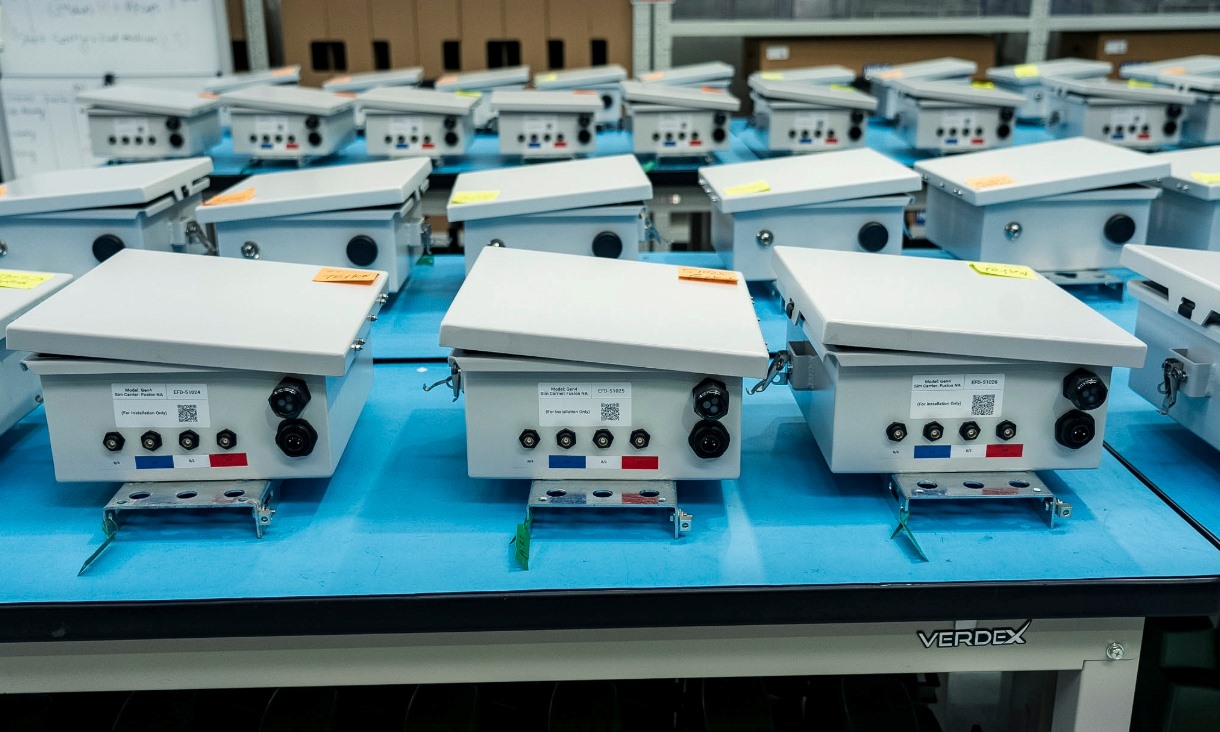Researchers hope to improve disaster evacuations in Maui
A new study is collecting stories about evacuation from those affected by the Maui wildfires, in the hope of better preparing for future disasters.
RMIT spin-off launches new manufacturing hub in the heart of Melbourne
The company producing an early fault detection (EFD) system that helps prevent bushfires and blackouts globally has established a new manufacturing hub in Richmond.
New guidelines help fashion brands cut waste and emissions
RMIT sustainable fashion experts have collaborated with brands to create guidelines aimed at eliminating wasteful designs and promoting durable fashion that supports reuse and recycling.
Time to count plastics in climate action and counter Trump effect
Scientists from RMIT University are calling for countries to include carbon emissions from plastic production and waste in their climate action plans before the upcoming United Nations Climate Change Conference of the Parties (COP 30) in Brazil.





